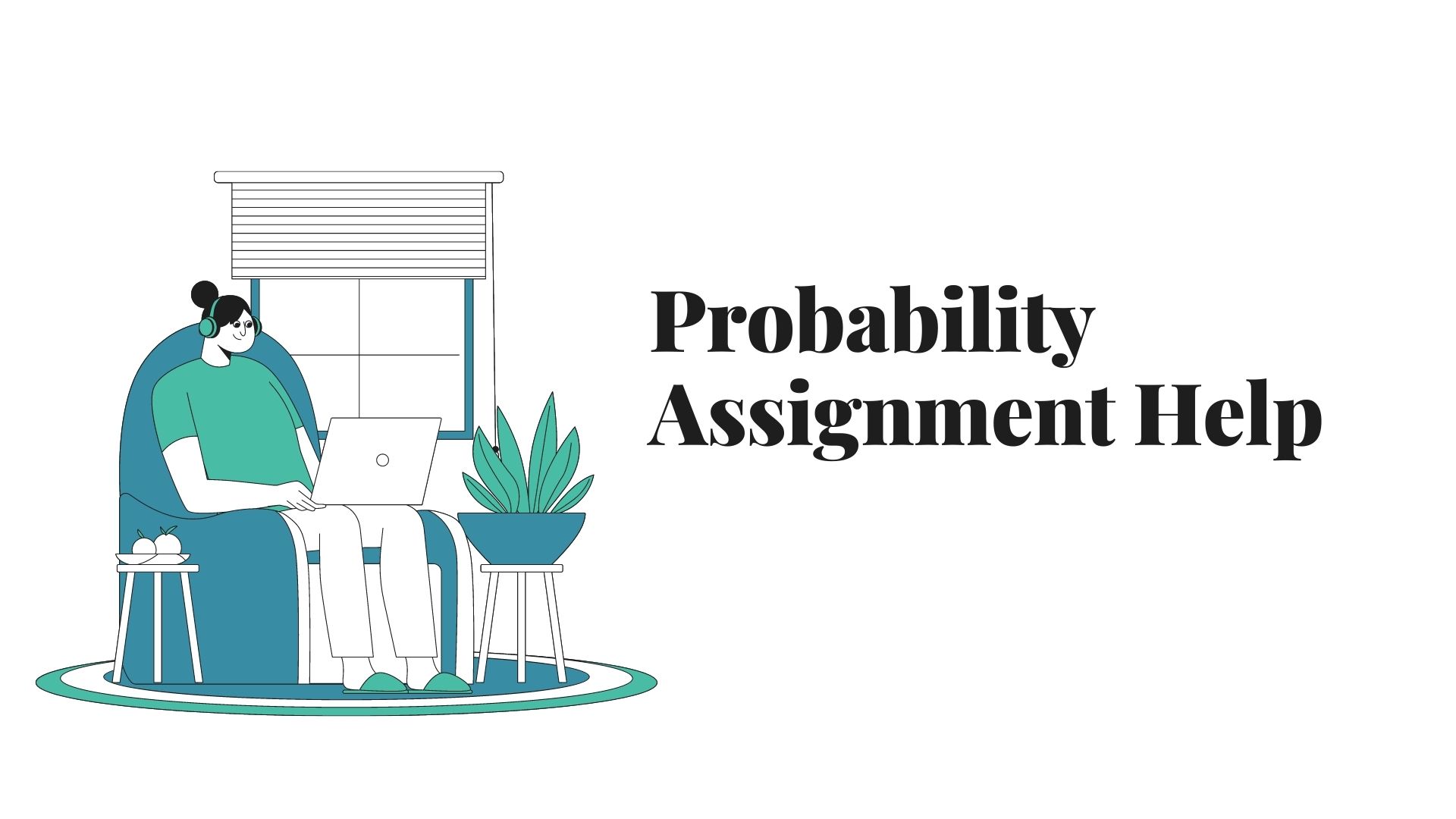
Probability is more than just a subject you encounter in math class; it is a fundamental concept that influences nearly every aspect of daily life. From predicting the weather to understanding market trends, probability plays a significant role. But why is it so important for students in 2024? Let’s dive into the world of probability and understand its essential concepts to help students ace their studies and future careers. If you ever find yourself struggling with these concepts, seeking Probability Assignment Help Online can be a valuable resource to ensure you fully grasp the subject and succeed in your academic journey.
Why Probability Matters for Students
In today’s increasingly data-driven world, probability is at the heart of many processes. Whether you are analyzing statistics in sports, finance, or computer science, understanding the likelihood of certain outcomes is essential. Mastering probability opens up opportunities in various fields such as data science, economics, and even artificial intelligence. With the growing reliance on technology, having a strong grasp of probability gives students an edge in their future professions.
The Growing Importance of Probability in 2024
As we move further into 2024, the application of probability has expanded into fields like machine learning, climate prediction, and healthcare analytics. Learning probability isn’t just about passing exams; it’s about preparing for a world where decision-making is increasingly based on data and probabilities. In fact, many universities and employers now emphasize probability skills as a critical part of a student’s education.
Basic Concepts of Probability
Understanding probability starts with knowing the core principles that define it. These foundational concepts form the building blocks for more complex applications.
Defining Probability
In its simplest form, probability is the measure of how likely an event is to occur. It is expressed as a number between 0 and 1, where 0 means the event is impossible, and 1 indicates certainty. For example, the probability of flipping a fair coin and getting heads is 0.5.
Key Terminology Every Student Should Know
To master probability, it’s essential to understand these terms:
- Experiment: Any procedure that can be infinitely repeated and has well-defined outcomes (e.g., flipping a coin).
- Outcome: The result of a single trial of an experiment (e.g., heads or tails).
- Event: A set of outcomes (e.g., getting heads on a coin flip).
- Sample Space: The set of all possible outcomes (e.g., heads and tails in a coin flip).
Types of Probability
Probability is categorized into three main types, each with its unique approach to measuring likelihood.
Classical Probability
This type is based on equally likely outcomes. If you have a die with six faces, the probability of rolling any specific number (like 4) is 1/6 because each outcome is equally likely.
Empirical Probability
Also known as experimental probability, this type is based on actual experiments or historical data. For example, if you observe that it rained on 30 out of 100 days, the empirical probability of rain on any given day would be 30%.
Subjective Probability
Subjective probability is based on personal judgment or opinion rather than objective data. For instance, if you believe there’s a 70% chance your favorite sports team will win, that’s subjective probability.
Key Probability Rules and Principles
Once you’ve understood the types of probability, it’s crucial to master the rules that govern how probabilities work together.
The Addition Rule
The addition rule is used when you’re interested in the probability of one event or another happening. For example, if you want to know the probability of rolling a 2 or a 4 on a die, you simply add the probabilities: 1/6 + 1/6 = 2/6, or 1/3.
The Multiplication Rule
The multiplication rule comes into play when you want to find the probability of two independent events happening together. If you roll a die and flip a coin, the probability of getting a 6 and heads is: 1/6 × 1/2 = 1/12.
Conditional Probability Explained
Conditional probability measures the likelihood of an event occurring given that another event has already happened. It’s essential for understanding more complex situations. For example, what’s the probability that a randomly chosen person is a student, given that they are under 25? This kind of analysis is common in real-life decision-making.
Probability Distributions
Probability distributions describe how probabilities are distributed across different outcomes.
Discrete Probability Distributions
Discrete distributions are used when dealing with countable outcomes, like the number of heads in ten coin flips. The most well-known discrete distribution is the binomial distribution, which models situations where there are two possible outcomes (like success or failure).
Continuous Probability Distributions
For outcomes that can take any value within a range, we use continuous distributions. The most famous of these is the normal distribution (often called the bell curve), which models things like heights or exam scores.
Applying Probability in Real Life
Probability is everywhere, whether you realize it or not. Learning how to apply it to everyday situations can make the topic more relatable and easier to grasp.
Probability in Everyday Situations
You’ve likely encountered probability without even knowing it. From playing board games to deciding whether to carry an umbrella, you’re constantly assessing probabilities. If the weather forecast says there’s a 70% chance of rain, you’re making decisions based on probability.
Probability in Career Fields
In 2024, probability skills are crucial in various career fields. Data analysts, financial advisors, and even doctors use probability to make decisions. For example, in the medical field, probability helps in diagnosing diseases based on the likelihood of symptoms being linked to specific conditions.
How to Study and Master Probability in 2024
Mastering probability doesn’t have to be intimidating. With the right tools and strategies, you can easily excel in this subject.
Useful Resources for Students
Today, there are countless online resources, including interactive tools and probability calculators, that make learning probability easier. Websites like Khan Academy, Coursera, and YouTube offer comprehensive tutorials on probability concepts, catering to both beginners and advanced students.
Conclusion
Probability is more than just a math topic; it’s a critical skill for navigating a data-driven world. By mastering the essential concepts, students in 2024 can open doors to exciting career opportunities and sharpen their decision-making skills. With practical study techniques and a solid understanding of probability rules, you can approach the subject with confidence and curiosity.
FAQs
- What is the best way to understand probability?
The best way is to practice regularly and relate probability concepts to real-life situations. Interactive tools and video tutorials can also be extremely helpful. - Is probability important in fields outside of math?
Yes, probability is used in various fields such as economics, engineering, data science, and healthcare, making it essential for many career paths. - What is the difference between empirical and classical probability?
Classical probability is based on equally likely outcomes, while empirical probability relies on experimental data or observations. - How can I improve my probability skills?
Regular practice, using online resources, and studying with peers are great ways to improve your skills in probability. - Why is probability becoming more important in 2024?
As technology advances, data-driven decision-making is becoming more prevalent in many industries, making a strong understanding of probability crucial.







